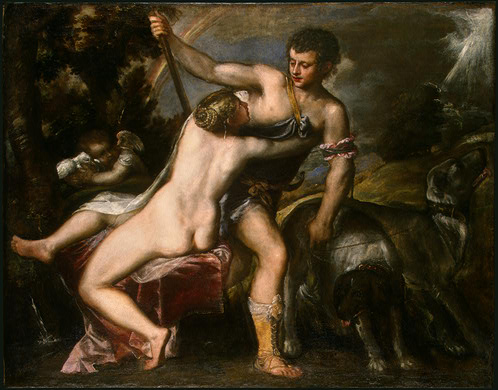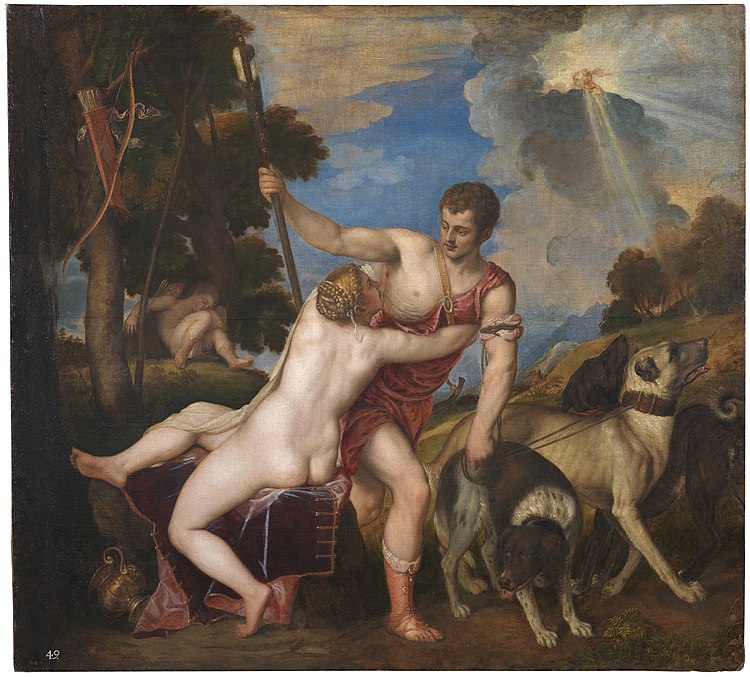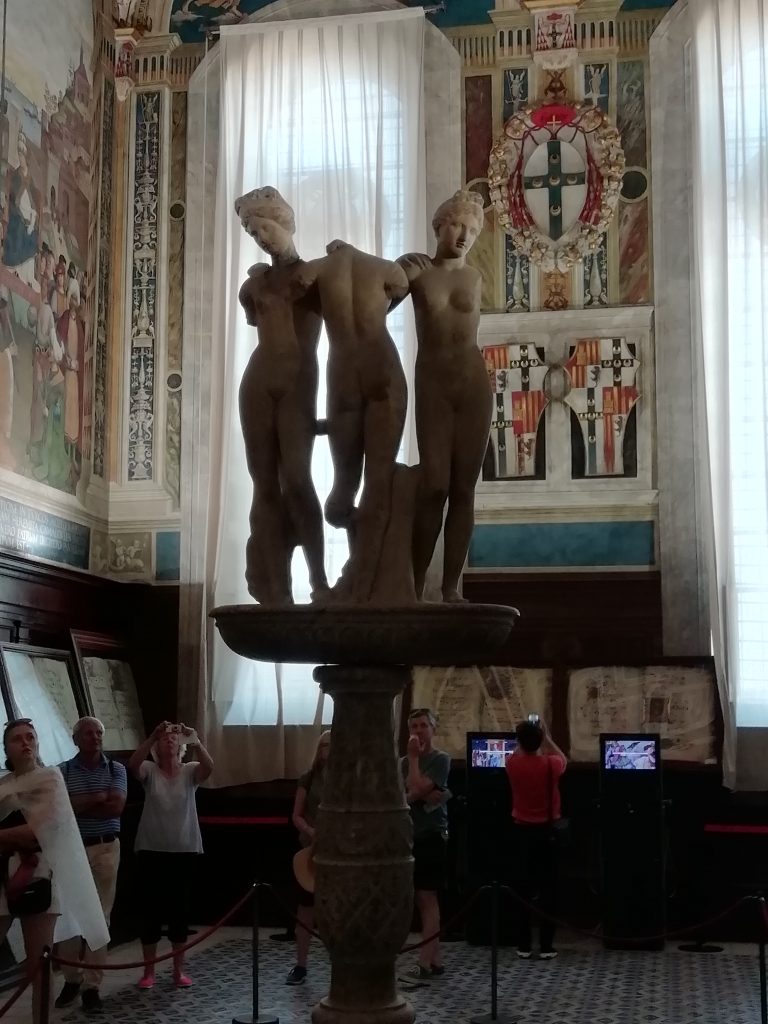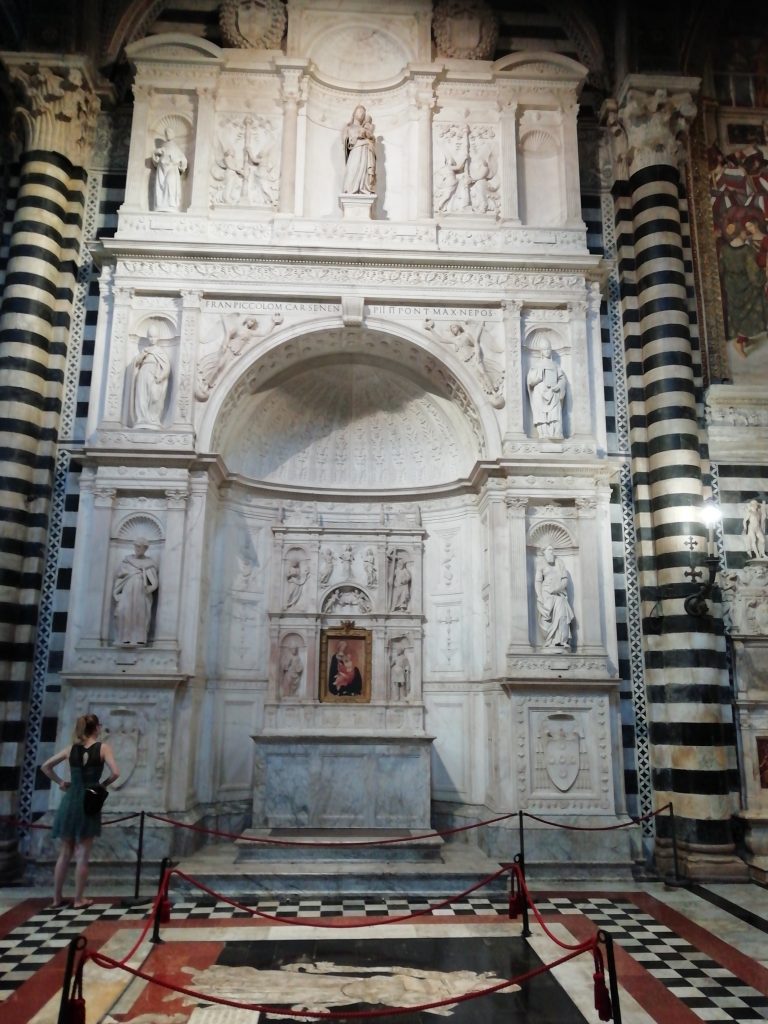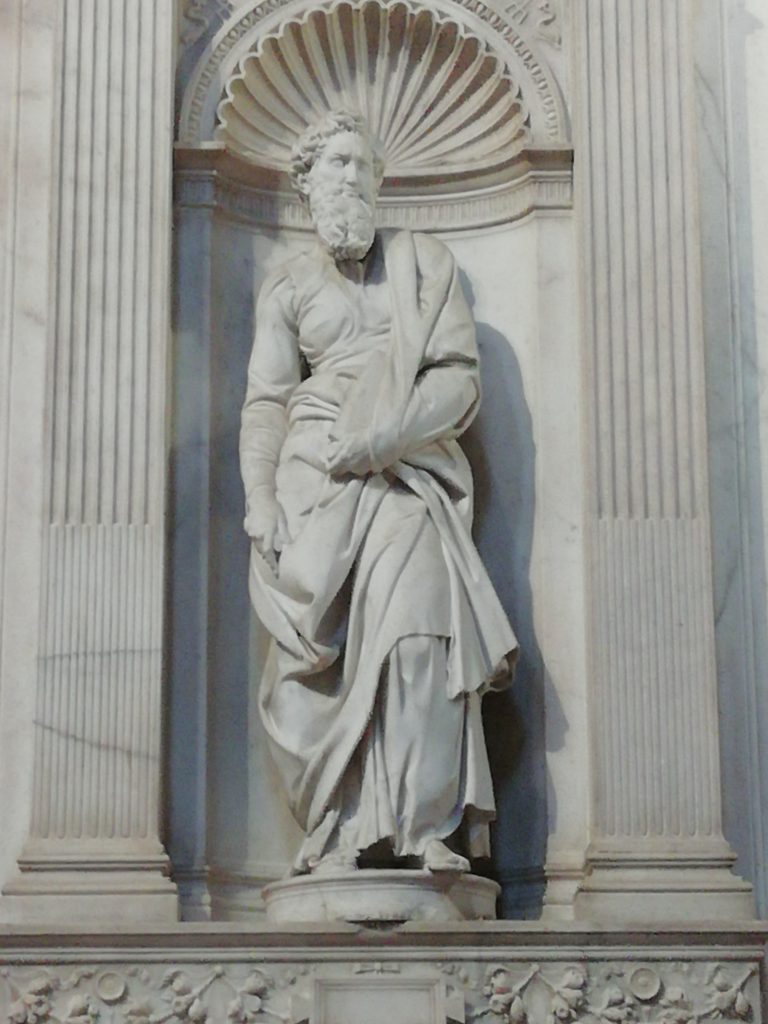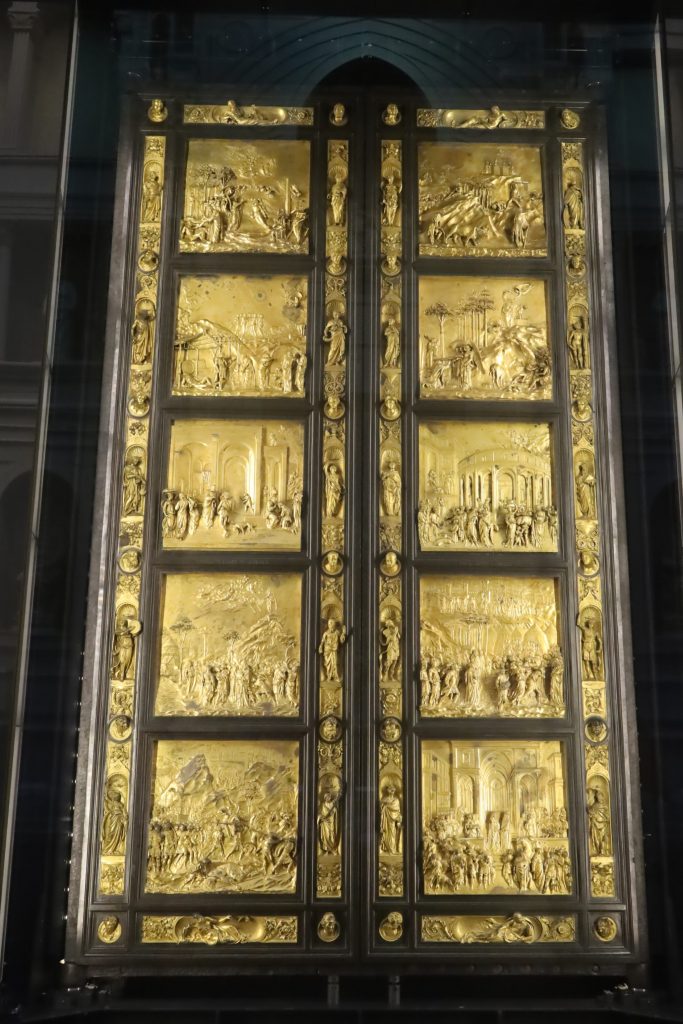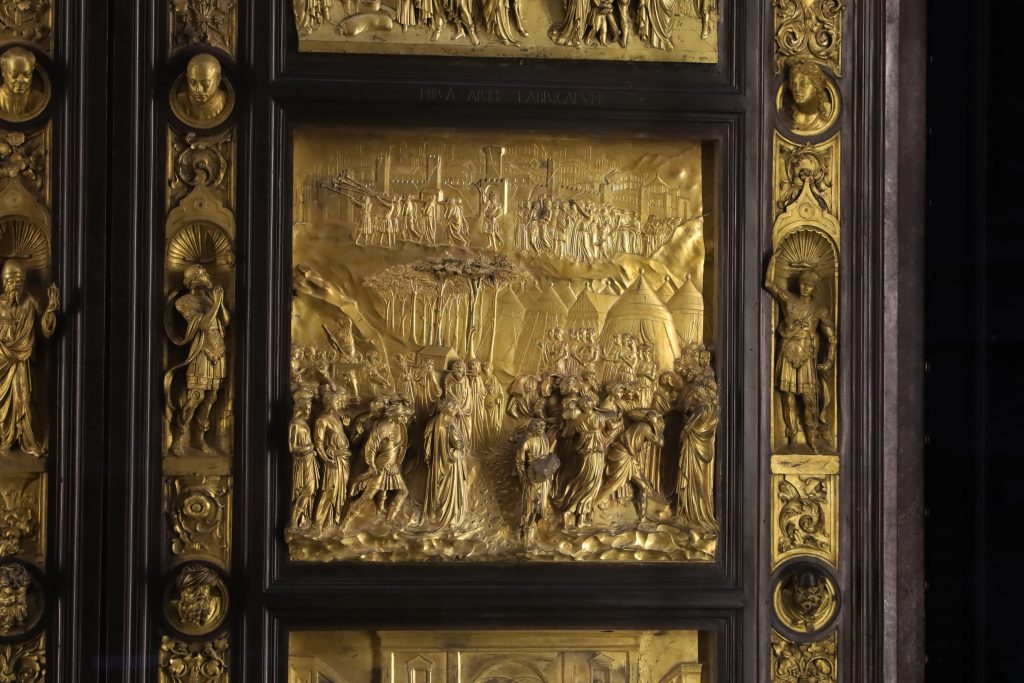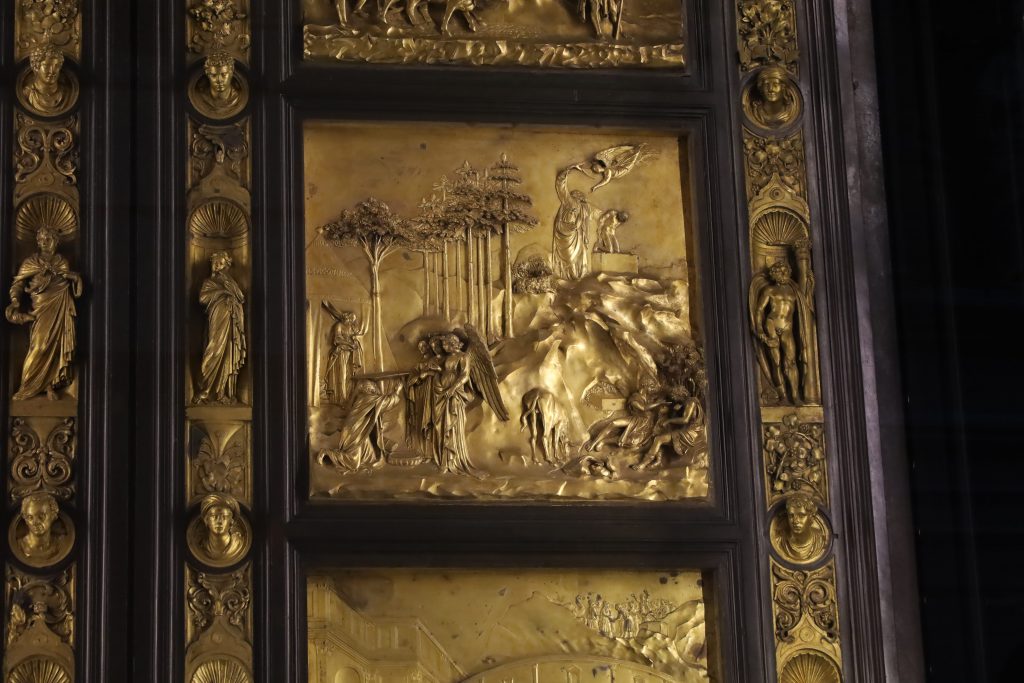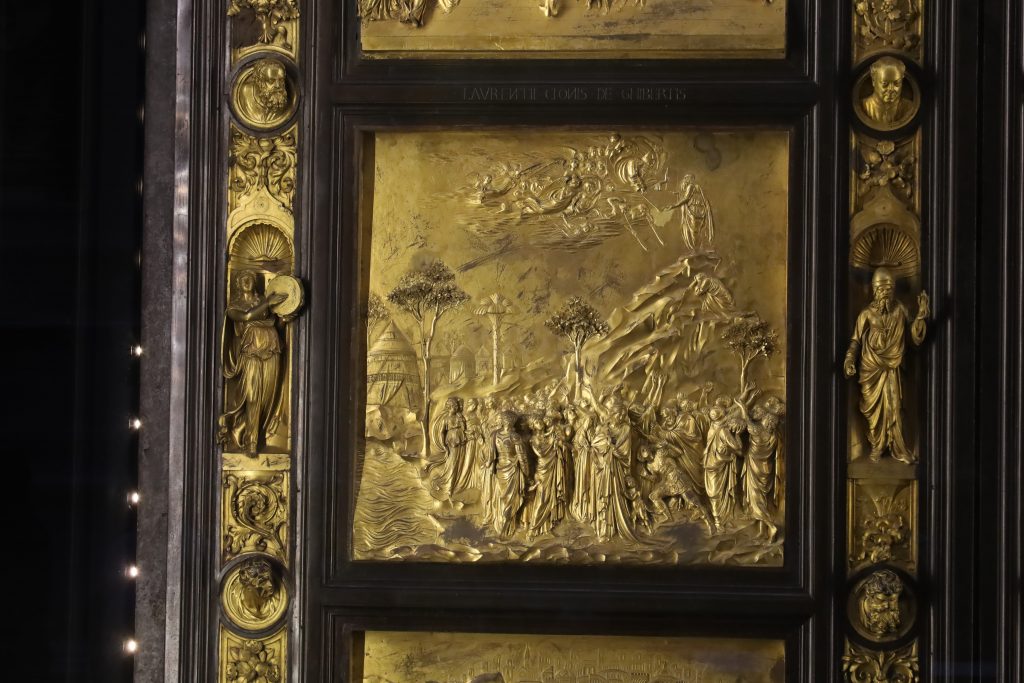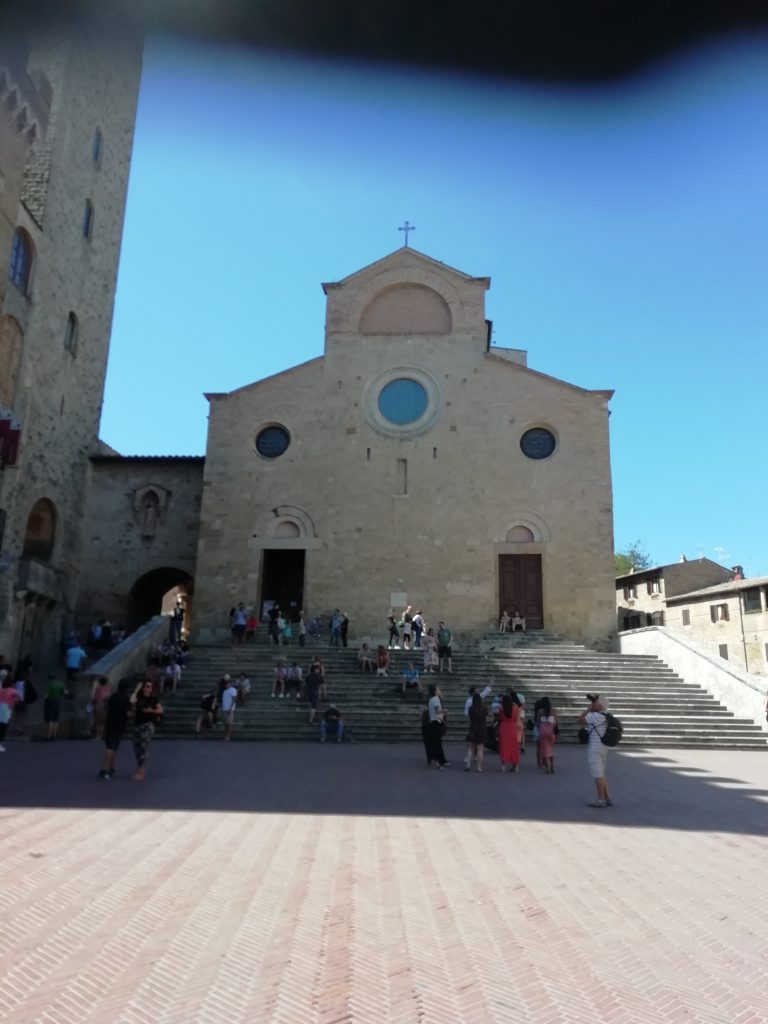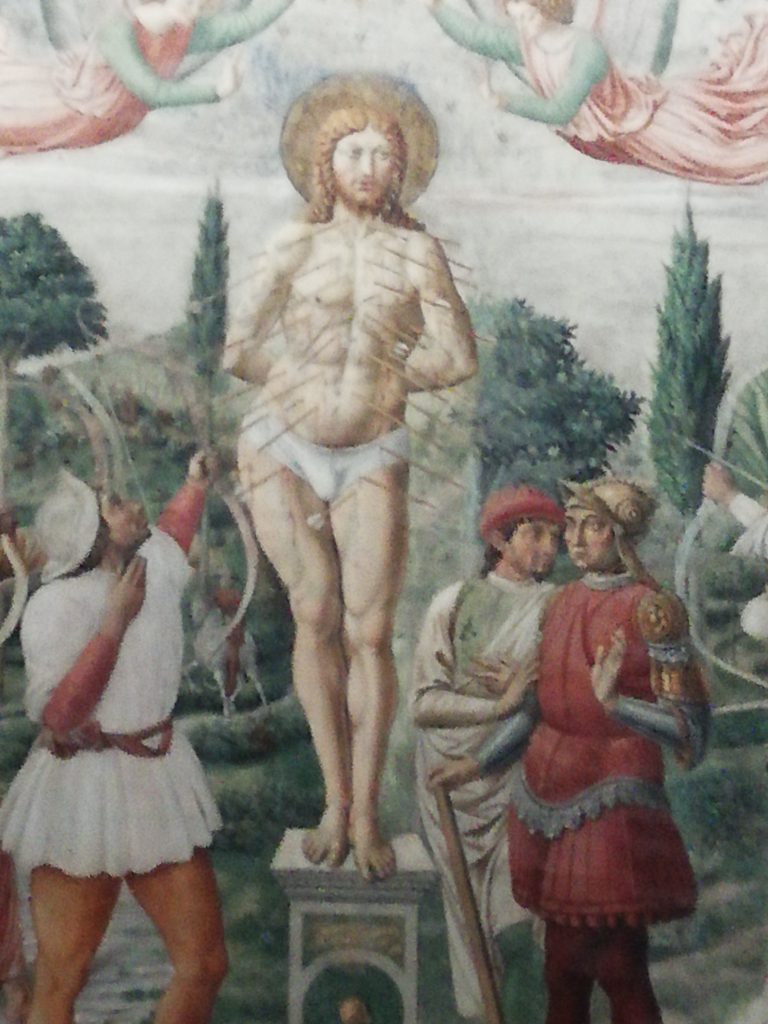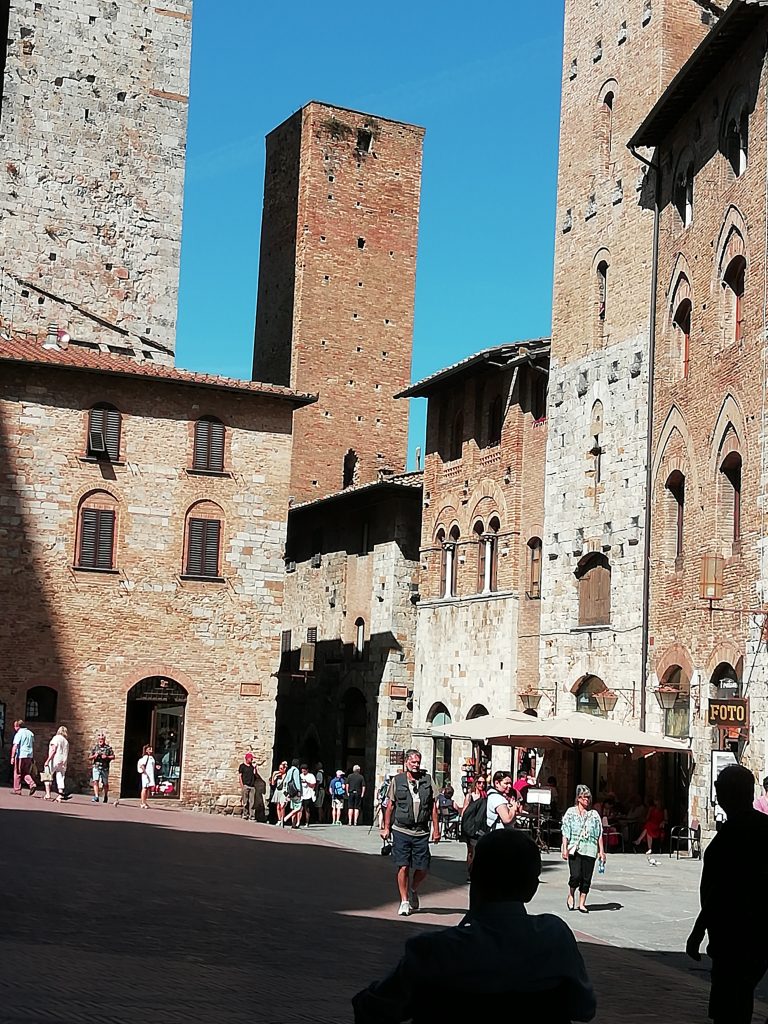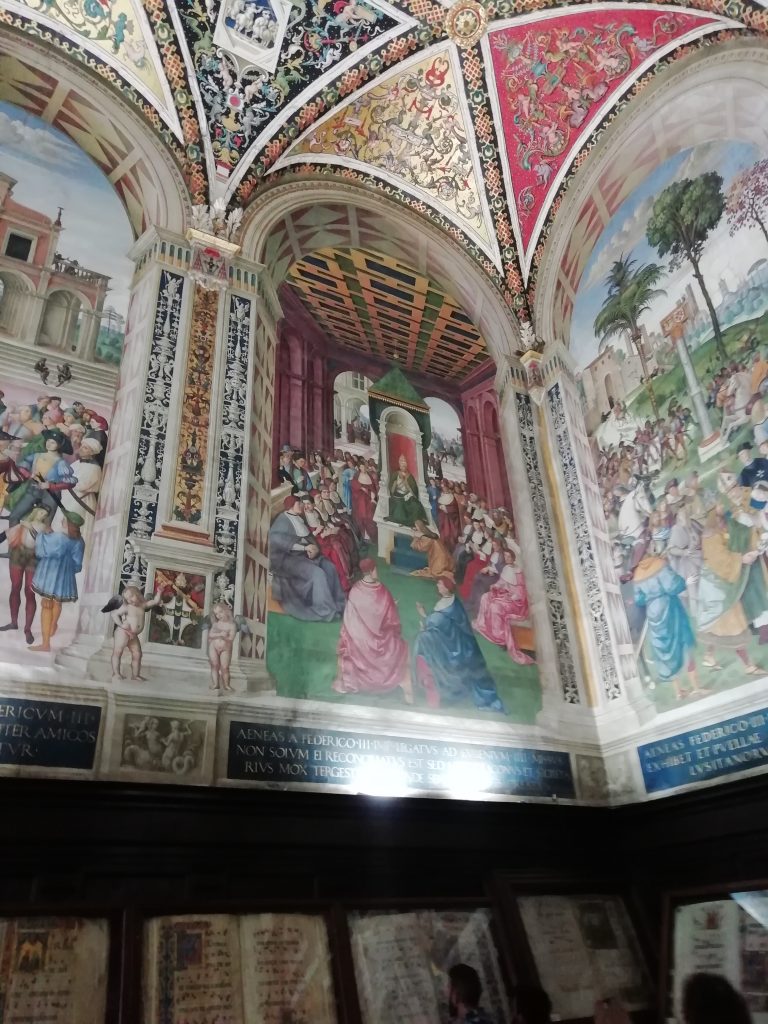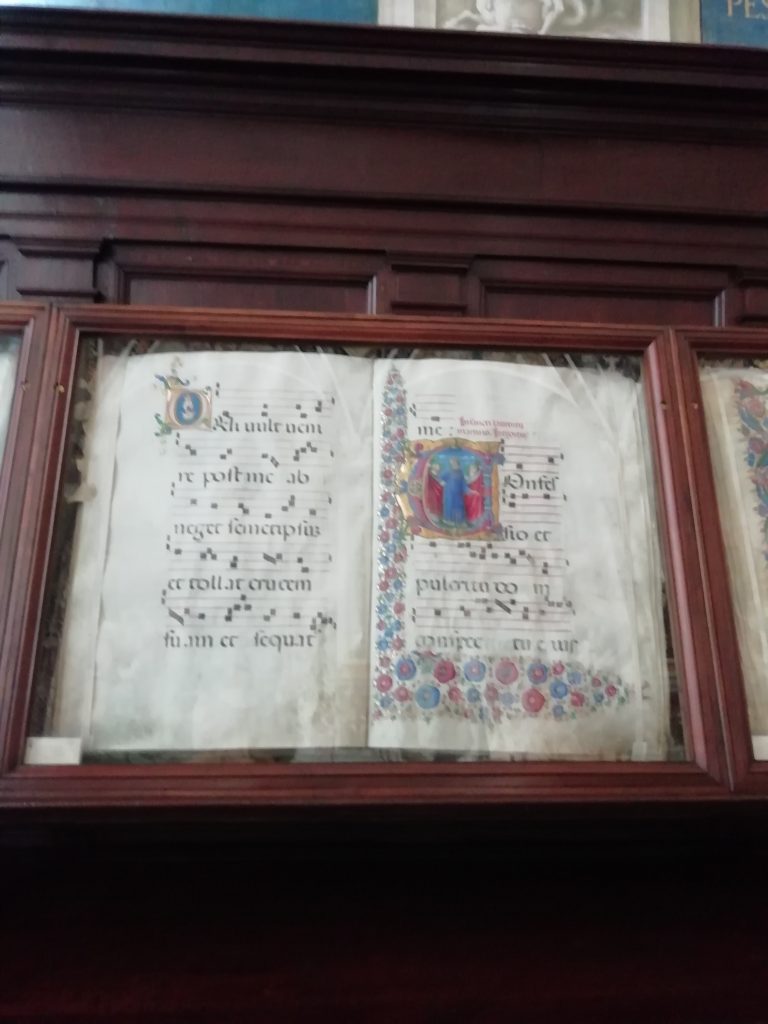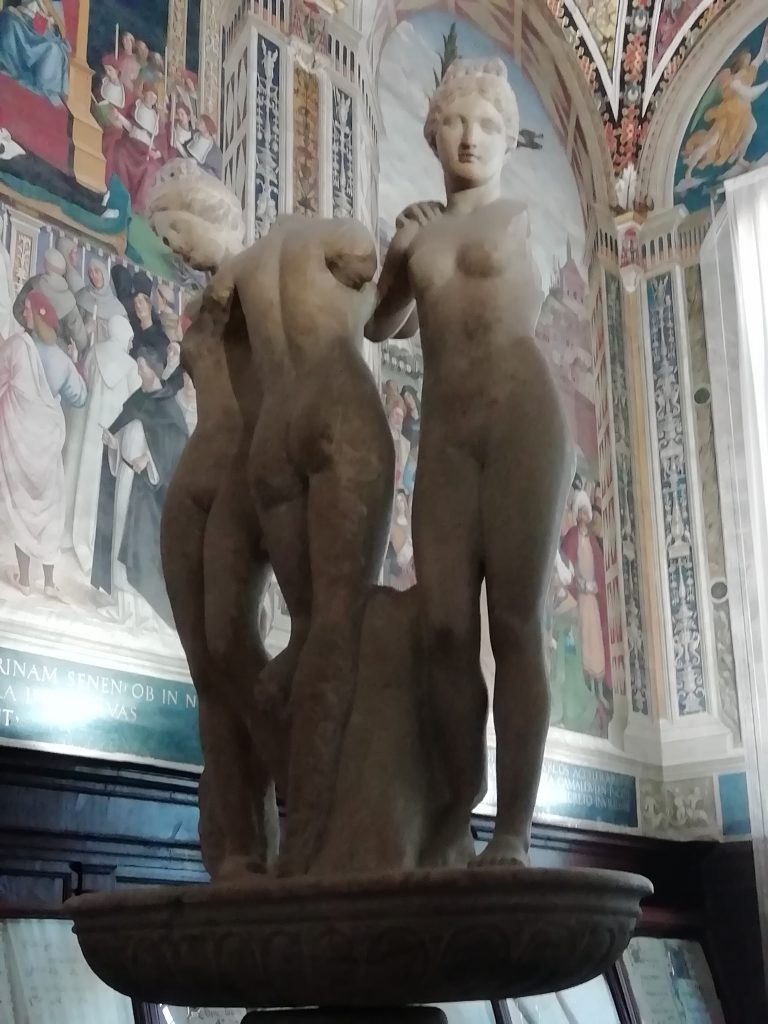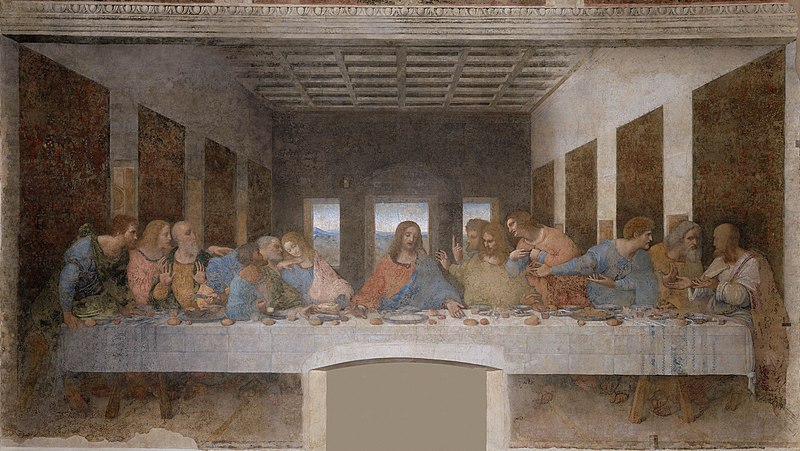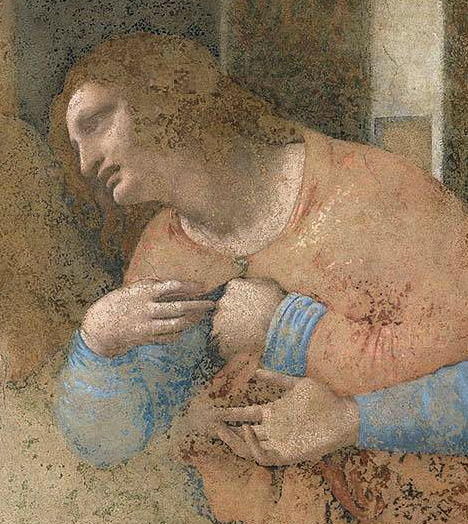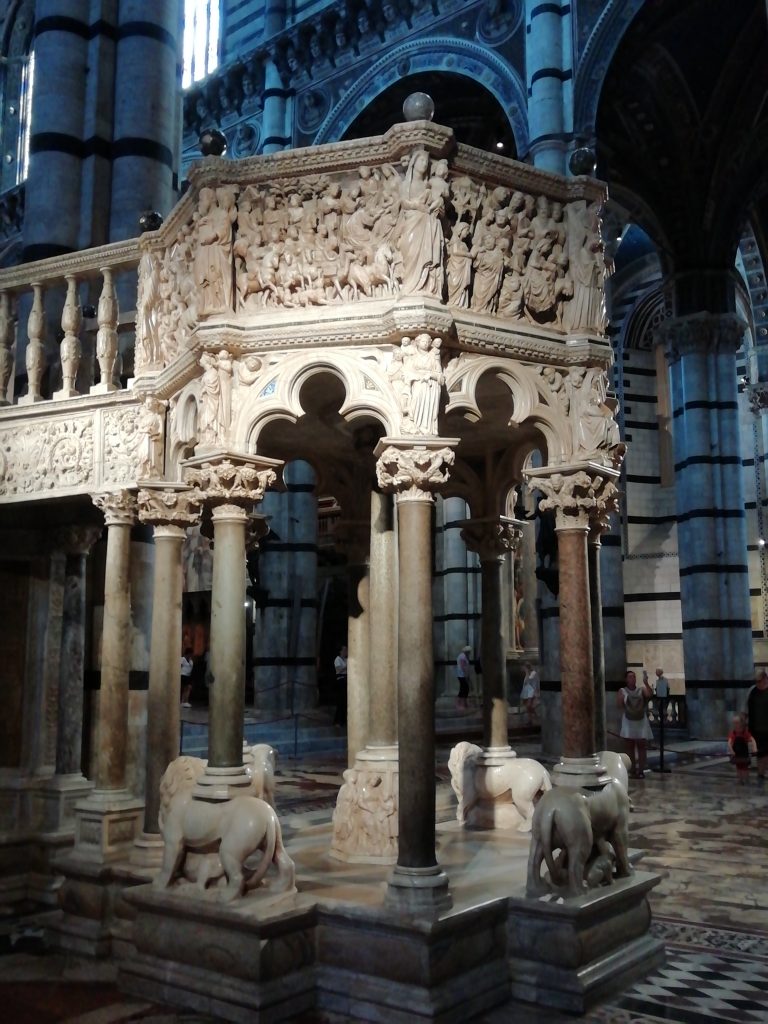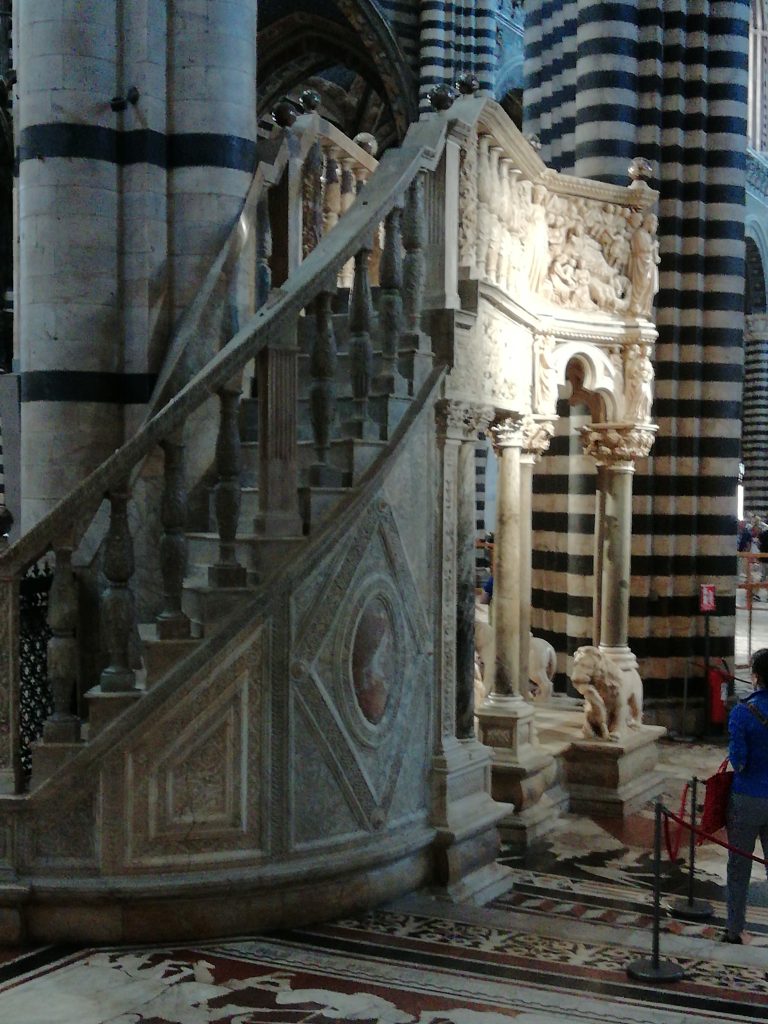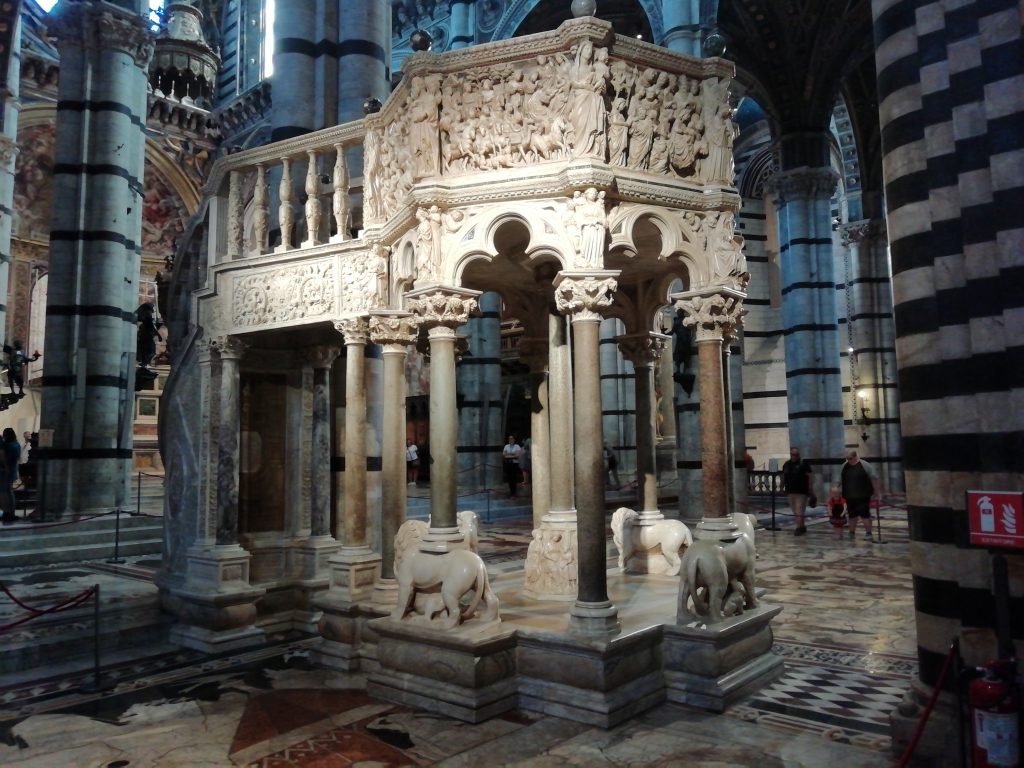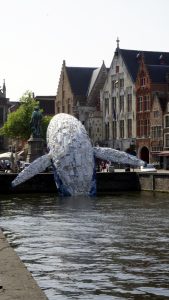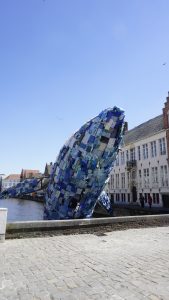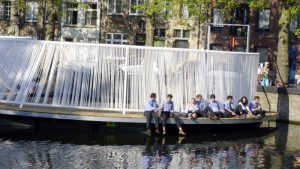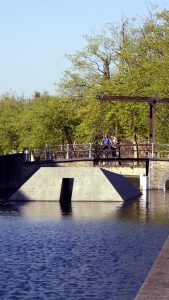*The choice is of course subjective, as there are many depictions of the Virgin and Child.
Madonna and child artworks have been a popular theme in Christian art throughout history, and many famous artists have created their own interpretations of this subject. Here are 10 notable Madonna and child artworks, along with their locations, sizes, and materials:
1 “The Sistine Madonna” by Raphael Location: Gemäldegalerie Alte Meister, Dresden, Germany Size: 265 cm × 196 cm (104 in × 77 in) Materials: Oil on canvas
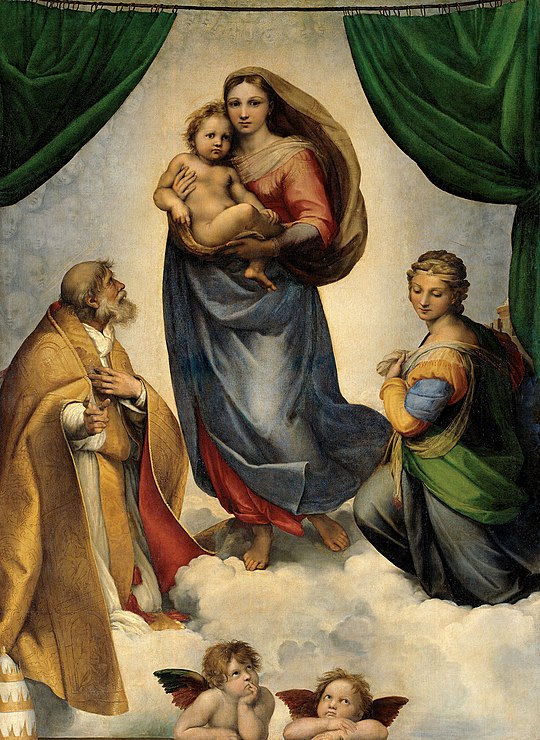
2 “Madonna and Child with Two Angels” by Filippo Lippi Location: Uffizi Gallery, Florence, Italy Size: 92 cm × 63 cm (36 in × 25 in) Materials: Tempera on wood panel
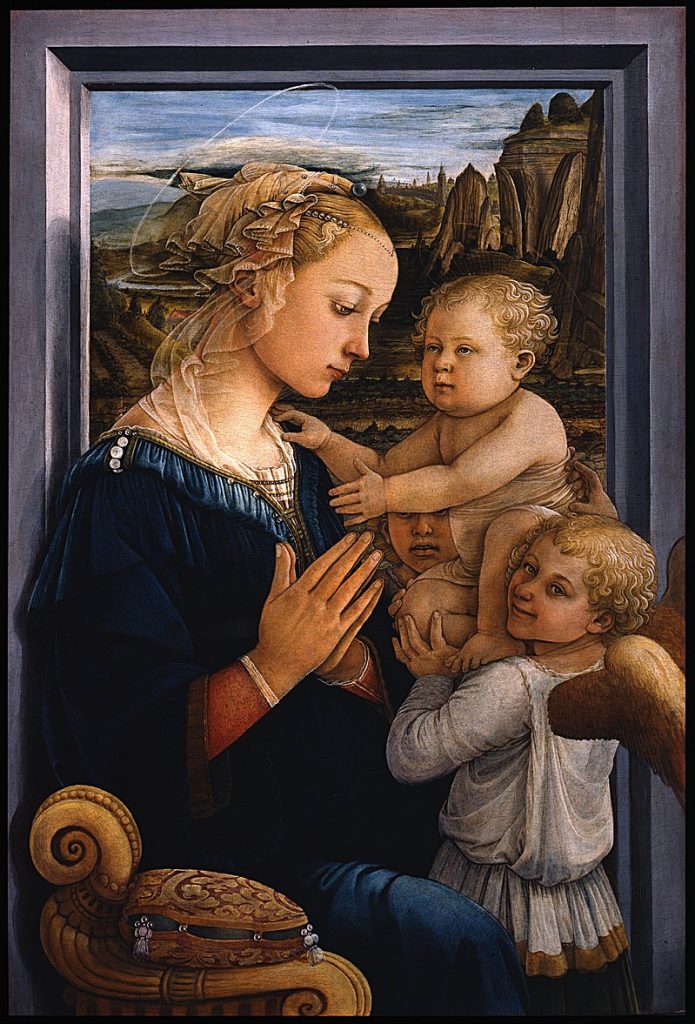
3 “The Madonna of the Rocks” by Leonardo da Vinci Location: Louvre Museum, Paris, France Size: 199 cm × 122 cm (78 in × 48 in) Materials: Oil on wood panel
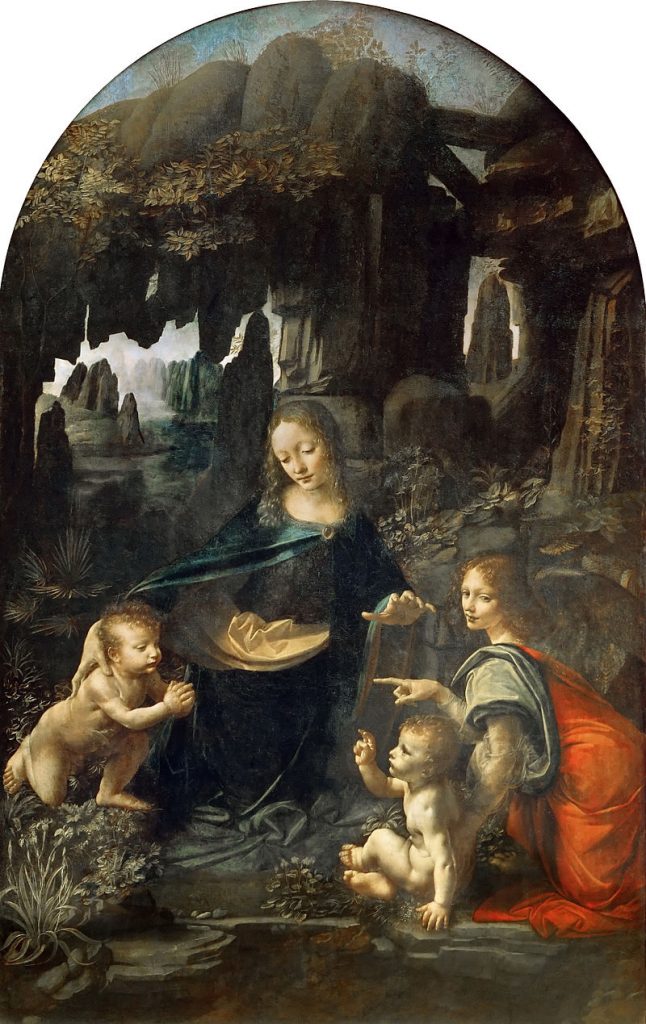
4 “Madonna with the Long Neck” by Parmigianino Location: Uffizi Gallery, Florence, Italy Size: 216 cm × 132 cm (85 in × 52 in) Materials: Oil on wood panel
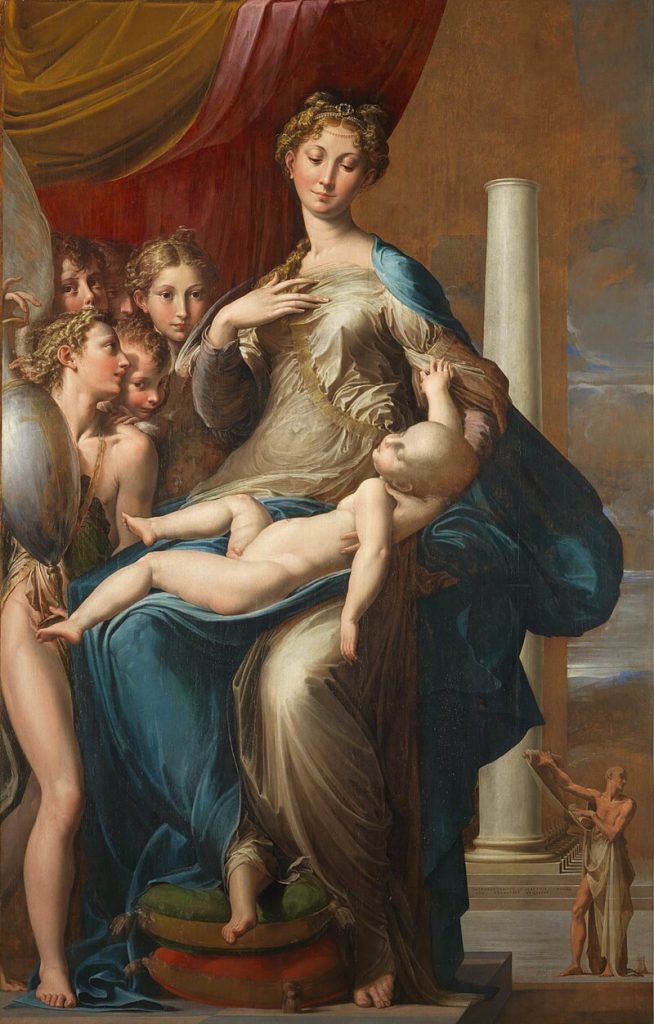
5 “Madonna del Prato” by Raphael Location: Kunsthistorisches Museum, Vienna, Austria Size: 113 cm × 88 cm (44 in × 35 in) Materials: Oil on wood panel
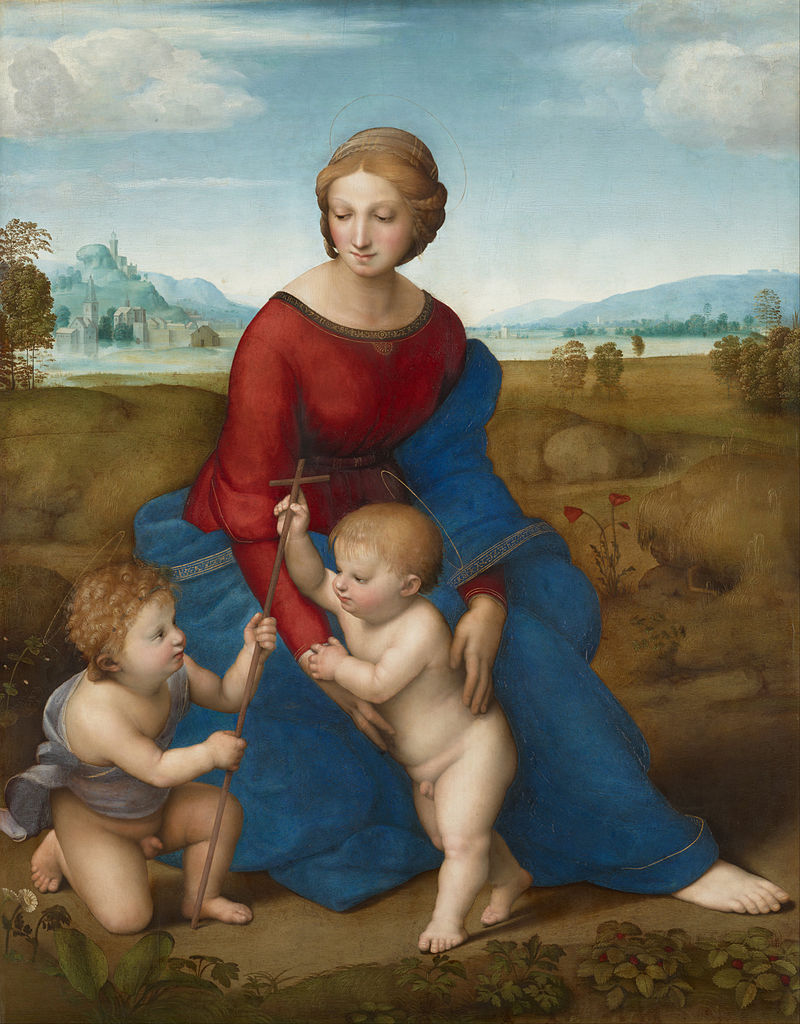
6 “The Madonna of the Chair” by Raphael Location: Palazzo Pitti, Florence, Italy Size: 71 cm × 71 cm (28 in × 28 in) Materials: Oil on wood panel
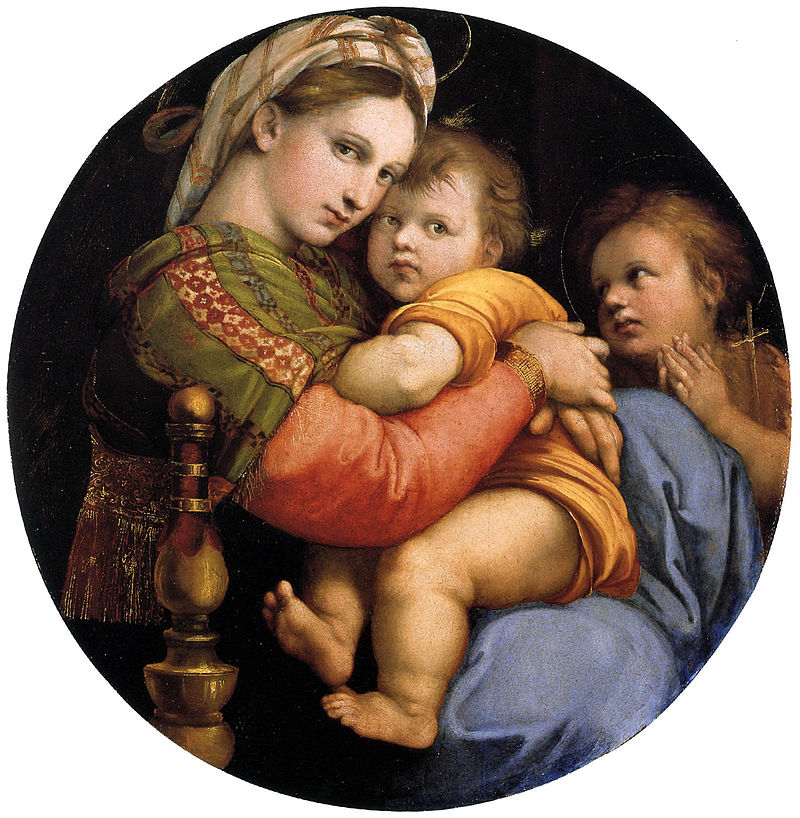
7 “Madonna and Child with Saints” by Andrea Mantegna Location: San Zeno Basilica, Verona, Italy Size: 386 cm × 285 cm (152 in × 112 in) Materials: Tempera on canvas
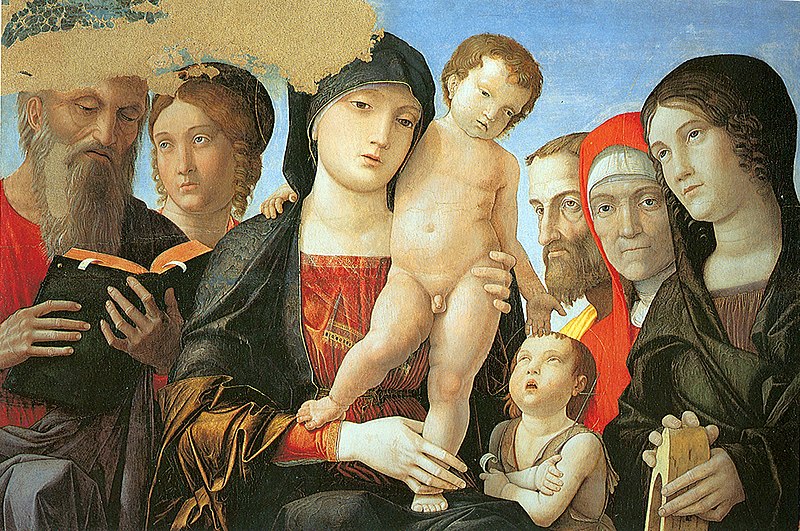
8 “Madonna and Child Enthroned with Saints” by Duccio di Buoninsegna Location: Museo dell’Opera Metropolitana del Duomo, Siena, Italy Size: 450 cm × 290 cm (177 in × 114 in) Materials: Tempera on wood panel
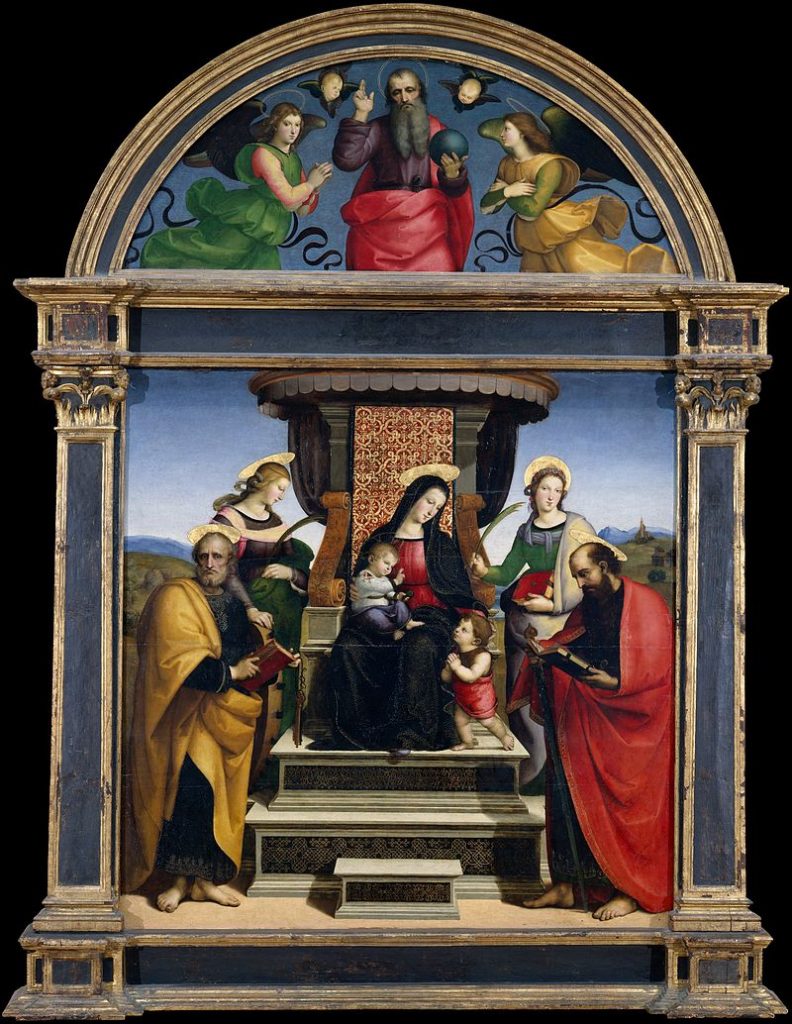
9 “Madonna and Child” by Giotto located National Gsllery, Washington DC. Tempera on Poplar Panel, circa 1310 – 1315
painted surface: 85.4 × 61.8 cm (33 5/8 × 24 5/16 in.) overall (including added strips): 87.7 × 63.2 × 1.3 cm (34 1/2 × 24 7/8 × 1/2 in.) framed: 128.3 x 72.1 x 5.1 cm (50 1/2 x 28 3/8 x 2 in.)
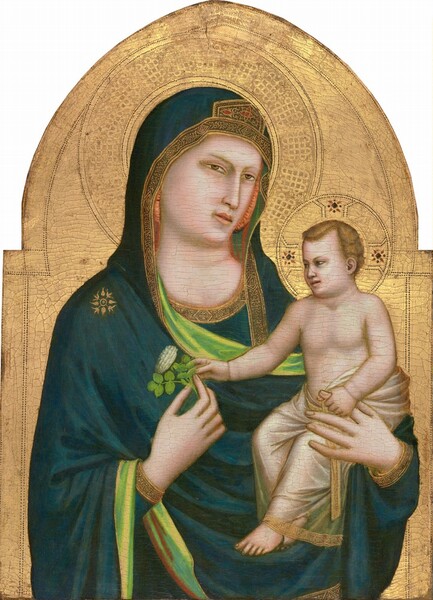
10 “The Virgin and Child with Saint Anne” by Leonardo da Vinci Location: Louvre Museum, Paris, France Size: 168 cm × 130 cm (66 in × 51 in) Materials: Oil on wood panel
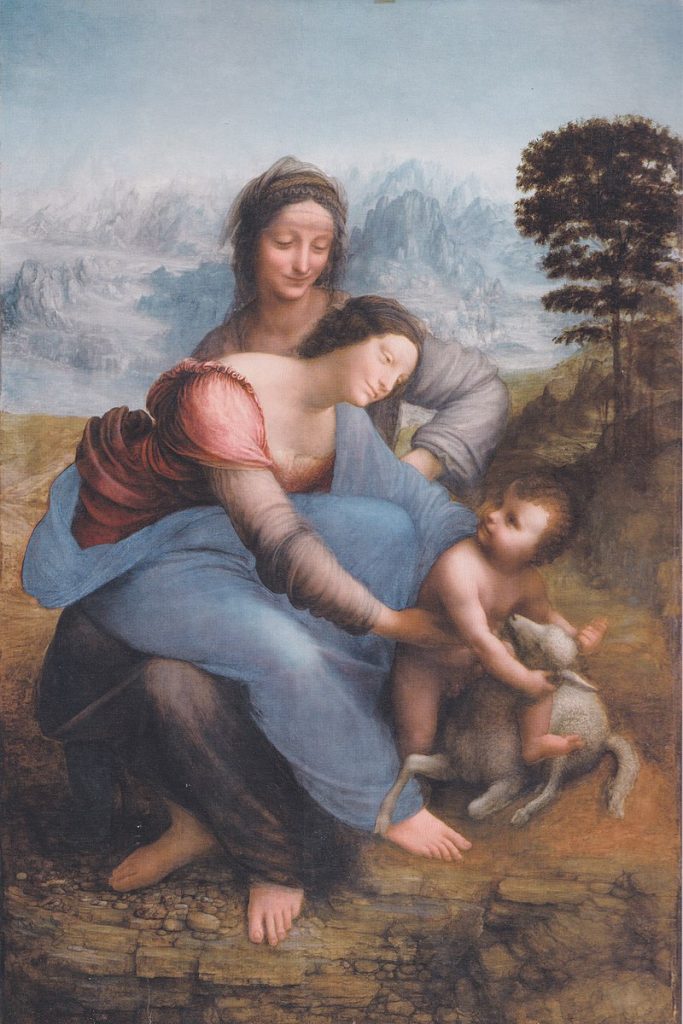
*All images public domain
There is a second Leonardo version “of the rocks” located at the National Gallery, London.
“The Virgin of the Rocks” (National Gallery version)
Location: The National Gallery, London, United Kingdom
Size: Approximately 189.5 cm × 120 cm (74.6 in × 47.2 in)
Materials: Oil on wood panel
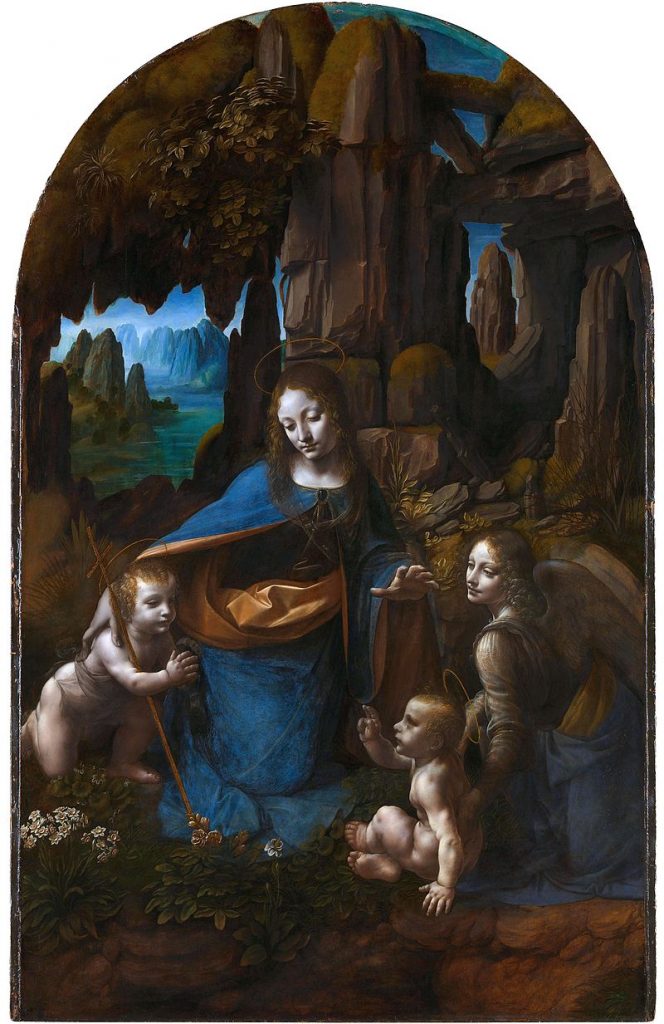
The National Gallery version of “The Virgin of the Rocks” is the second rendition painted by Leonardo da Vinci. It was commissioned for the chapel of the Confraternity of the Immaculate Conception in Milan but later acquired by the National Gallery.
The above artworks represent a range of styles and periods in art history, showcasing the enduring popularity of the Madonna and child motif.

